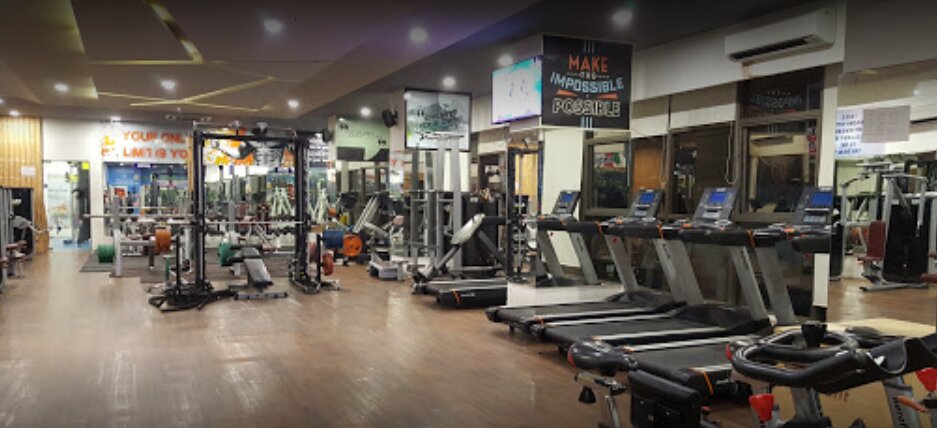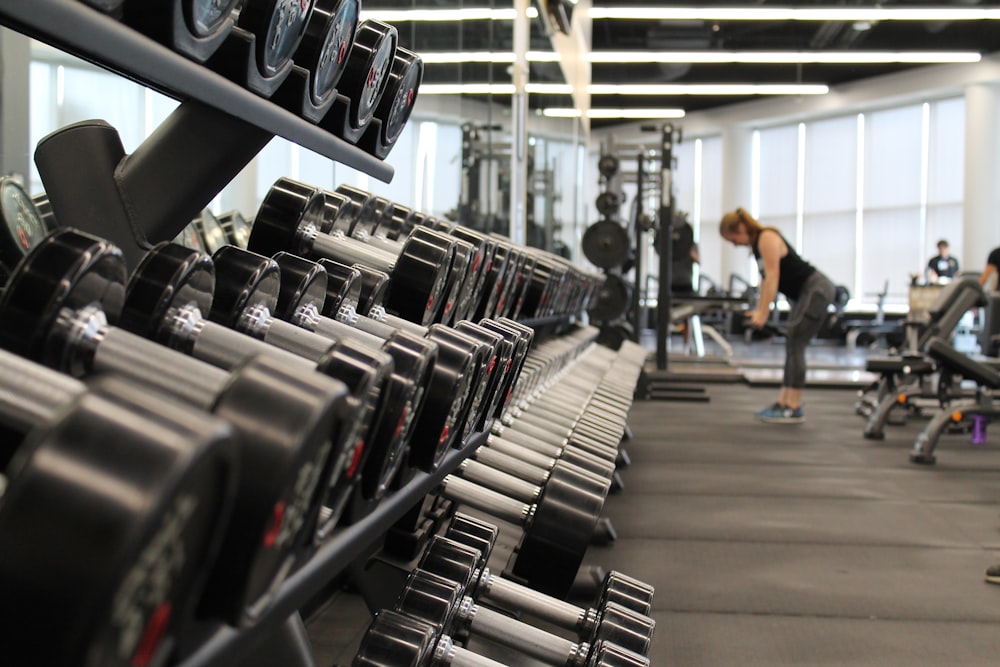What SEO For Gym Owners Need to Know About Technical SEO

In the competitive landscape of the fitness industry, gym owners are constantly seeking effective ways to attract new members and retain existing ones. In the digital age, a strong online presence is crucial, and that’s where Search Engine Optimization (SEO) comes into play. While many gym owners understand the basics of SEO, not everyone is familiar with the importance of Technical SEO. In this comprehensive guide, we will delve into the specifics of Technical SEO and explore what gym owners need to know to optimize their websites for search engines.
Table of Contents
- The Basics of Technical SEO
- Keyword Optimization for Gym Owners
- Technical SEO and Local Search
- Monitoring and Analytics
- Technical SEO Challenges for Gym Owners:
- Frequently Asked Questions
- What is Technical SEO, and why is it important for gym owners?
- How does site speed impact the SEO of a gym’s website?
- Why is mobile-friendliness important for gym websites in terms of SEO?
- What is HTTPS, and why should gym owners implement it on their websites?
- How can gym owners optimize URLs for better SEO?
- Conclusion
Before delving into the intricacies of Technical SEO, let’s briefly review the fundamentals of SEO for gym owners. SEO involves a series of strategies and techniques aimed at improving a website’s visibility on search engine results pages (SERPs). For gym owners, this means potential members are more likely to find their facilities when searching for fitness-related services online.
Effective SEO for gym owners includes optimizing on-page elements such as meta titles, meta descriptions, and header tags, as well as creating high-quality, relevant content. Off-page SEO, which involves building backlinks and establishing a strong online presence, is equally important. However, Technical SEO plays a critical role in ensuring that search engines can efficiently crawl and index a gym’s website.

The Basics of Technical SEO
Technical SEO involves optimizing the technical aspects of a website to improve its search engine performance. While content and backlinks are essential components of SEO, Technical SEO focuses on the infrastructure and functionality of a website. Here are some key aspects of Technical SEO that gym owners should be aware of:
Site Speed Optimization
One of the crucial factors influencing a website’s ranking is its loading speed. Slow-loading websites not only result in a poor user experience but can also lead to higher bounce rates and lower search engine rankings. Gym owners should prioritize site speed optimization by compressing images, leveraging browser caching, and utilizing Content Delivery Networks (CDNs) to ensure faster loading times.
Mobile-Friendly Design
With the increasing use of smartphones, Google gives preference to mobile-friendly websites in its search rankings. Gym owners must ensure that their websites are optimized for mobile devices to provide a seamless user experience. Responsive web design and mobile-friendly features contribute to better search engine rankings and increased visibility among potential members.
Secure Website (HTTPS)
Website security is a priority for both users and search engines. Google, in particular, emphasizes the importance of a secure browsing experience. Gym owners should implement HTTPS by obtaining an SSL certificate, which encrypts the data exchanged between the website and its users. A secure website not only enhances user trust but also positively impacts search engine rankings.
XML Sitemap and Robots.txt
Creating and submitting an XML sitemap to search engines helps them understand the structure and content of a gym’s website. Additionally, the robots.txt file provides instructions to search engine crawlers about which pages to crawl or avoid. Gym owners should regularly update and maintain these files to ensure proper indexing and crawling of their website’s pages.

Keyword Optimization for Gym Owners
While gym owners may be familiar with keyword optimization in content, Technical SEO also involves strategic placement of keywords in certain areas of a website. Here’s how gym owners can optimize keywords from a technical standpoint:
URL Structure
The structure of URLs plays a role in how search engines interpret the content of a page. Gym owners should ensure that their URLs are concise, descriptive, and include relevant keywords. For example, a gym offering yoga classes could have a URL like “yourgym.com/yoga-classes.”
Header Tags
Header tags (H1, H2, H3, etc.) are not only crucial for organizing content but also for signaling the importance of specific keywords to search engines. Gym owners should incorporate relevant keywords into header tags to improve the overall SEO of their website.
Image Alt Text
Images play a significant role in the visual appeal of a gym’s website. However, search engines cannot interpret images directly. Gym owners should use descriptive alt text for images, including relevant keywords, to ensure that search engines understand the content and context of the images.
Technical SEO and Local Search
For gym owners, targeting a local audience is often a primary goal. Technical SEO can significantly impact a gym’s visibility in local search results. Here are some key considerations:
Local Schema Markup
Implementing local schema markup helps search engines understand specific details about a gym, such as its location, contact information, and business hours. This structured data can enhance the appearance of a gym’s listing in search results and improve local SEO.
Google My Business Optimization
Claiming and optimizing a Google My Business (GMB) listing is essential for local SEO. Gym owners should ensure that their GMB profile is complete with accurate information, including business hours, contact details, and high-quality images. Encouraging positive reviews on GMB can also boost a gym’s local search rankings.
Monitoring and Analytics
An often overlooked but crucial aspect of Technical SEO is monitoring and analytics. Gym owners should regularly assess the performance of their website using tools like Google Analytics and Google Search Console. These tools provide valuable insights into user behavior, keyword performance, and potential technical issues that may affect SEO.
Google Analytics
Google Analytics offers comprehensive data on website traffic, user demographics, and user engagement. Gym owners can use this information to identify popular pages, understand user behavior, and make data-driven decisions to improve their website’s overall performance.
Google Search Console
Google Search Console provides valuable information about how Google views a gym’s website. It highlights issues such as crawl errors, indexing problems, and security issues that may impact SEO. Gym owners should regularly check the Search Console for notifications and take prompt action to address any identified issues.
Technical SEO Challenges for Gym Owners:
Despite understanding the importance of Technical SEO, gym owners may face certain challenges in implementing and maintaining these strategies. Here are some common challenges and how to overcome them:

Limited Technical Knowledge:
Gym owners, like many business owners, may lack the technical expertise required for in-depth SEO implementation. To overcome this challenge, hiring an experienced SEO professional or partnering with a digital marketing agency can provide the necessary technical support.
Budget Constraints:
Small and medium-sized gyms may have limited budgets for digital marketing efforts. However, there are cost-effective ways to address technical SEO challenges, such as utilizing free tools like Google Analytics and Google Search Console. Additionally, there are affordable website hosting and maintenance services that can help improve technical aspects without breaking the bank.
Frequently Asked Questions
What is Technical SEO, and why is it important for gym owners?
Technical SEO involves optimizing the technical aspects of a website to improve its search engine performance. For gym owners, it is crucial as it ensures that search engines can efficiently crawl, index, and understand their website, leading to higher visibility in search results.
How does site speed impact the SEO of a gym’s website?
Site speed is a critical factor in SEO. Slow-loading websites can result in a poor user experience and lower search engine rankings. Gym owners should optimize site speed by compressing images, utilizing Content Delivery Networks (CDNs), and implementing browser caching.
Why is mobile-friendliness important for gym websites in terms of SEO?
Google prioritizes mobile-friendly websites in its search rankings due to the increasing use of smartphones. Ensuring a gym’s website is optimized for mobile devices improves user experience and positively impacts search engine rankings.
What is HTTPS, and why should gym owners implement it on their websites?
HTTPS is a secure browsing protocol achieved through an SSL certificate. Implementing HTTPS encrypts data exchanged between the website and users, enhancing security and trust. Search engines, like Google, favor secure websites, positively affecting SEO rankings.
How can gym owners optimize URLs for better SEO?
Gym owners should create concise and descriptive URLs that include relevant keywords. A clear URL structure helps search engines understand the content and context of a page, contributing to improved SEO.

Conclusion
Technical SEO is a critical component of a comprehensive SEO strategy for gym owners. By understanding and implementing technical optimization techniques, gym owners can enhance their website’s performance, improve search engine rankings, and attract more members. From site speed optimization to local SEO considerations, every aspect of Technical SEO plays a crucial role in maximizing online visibility and driving business success in the competitive fitness industry. Gym owners who prioritize Technical SEO will not only stay ahead in the digital landscape but also provide a better online experience for their current and potential members.





